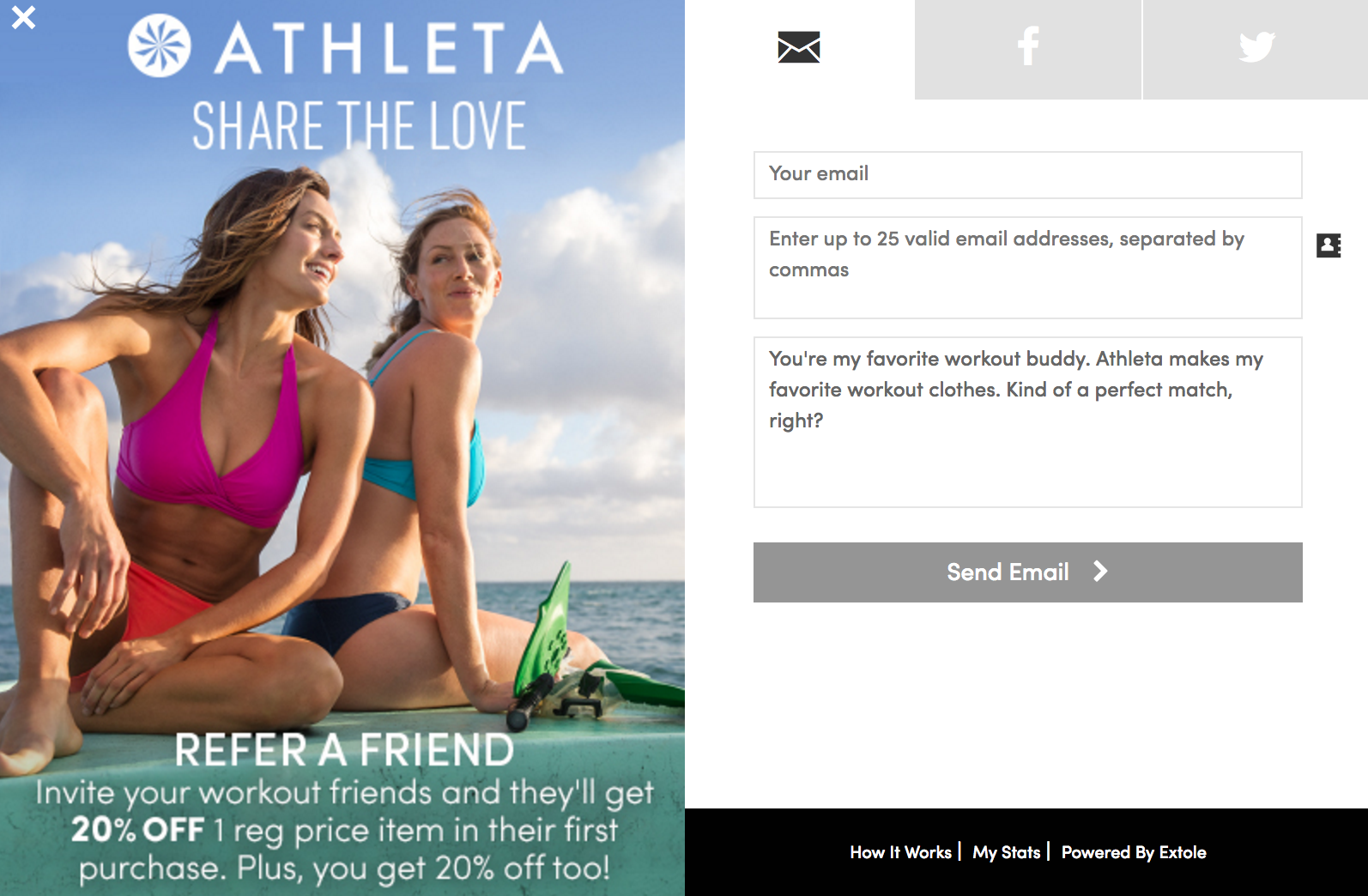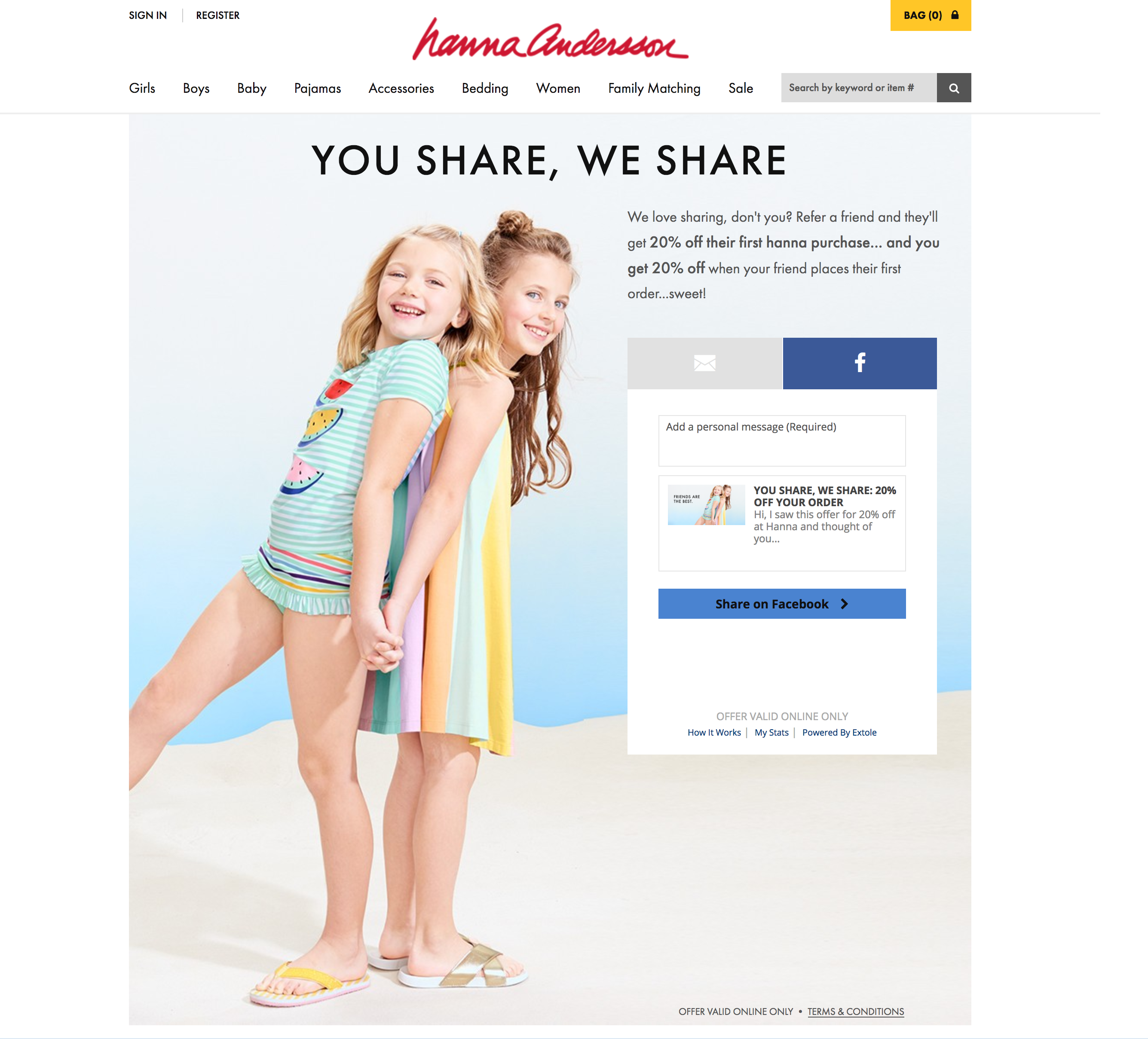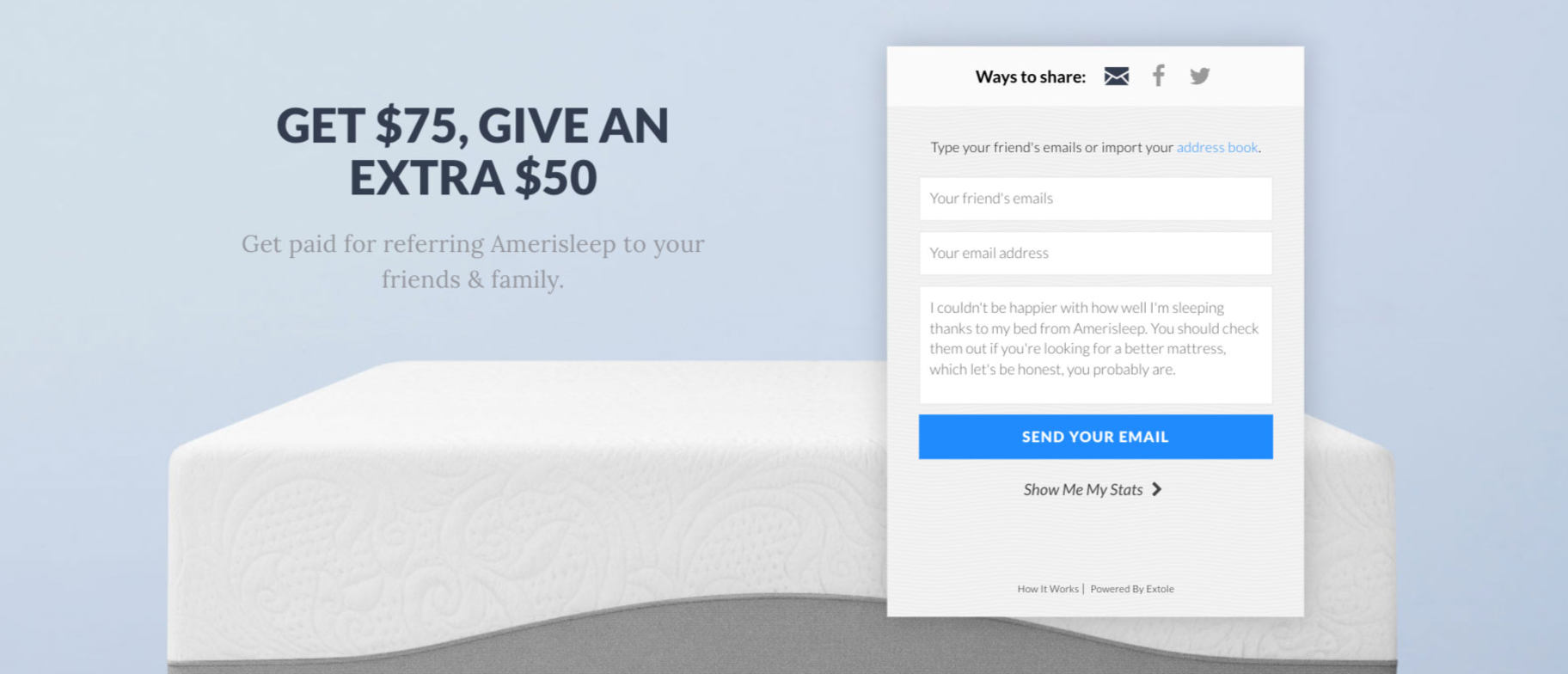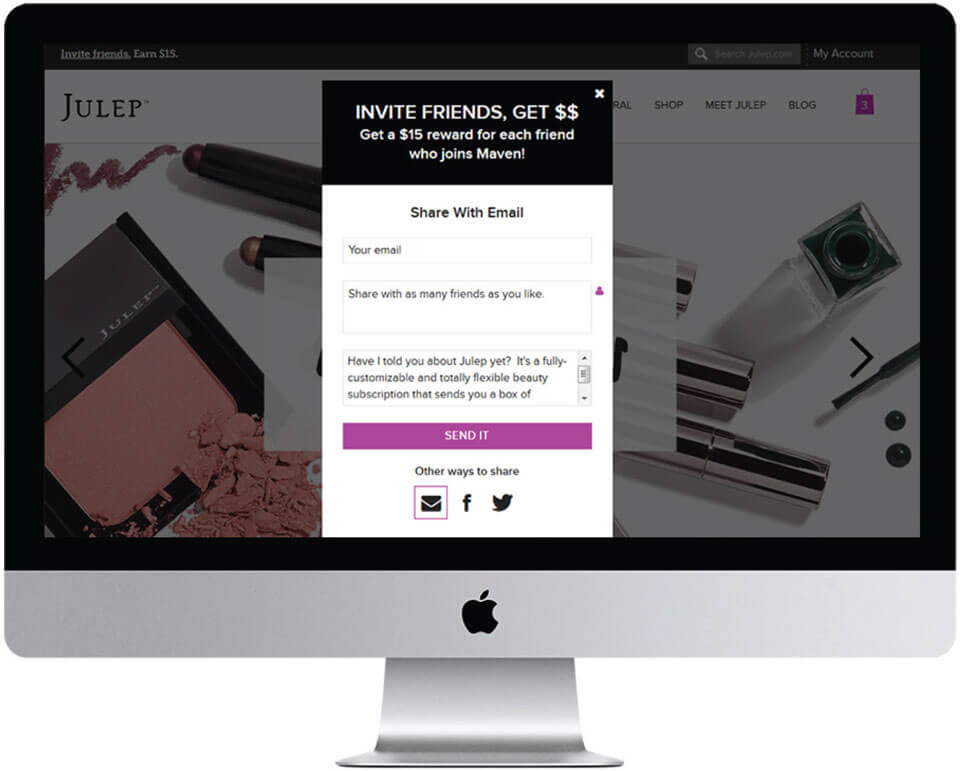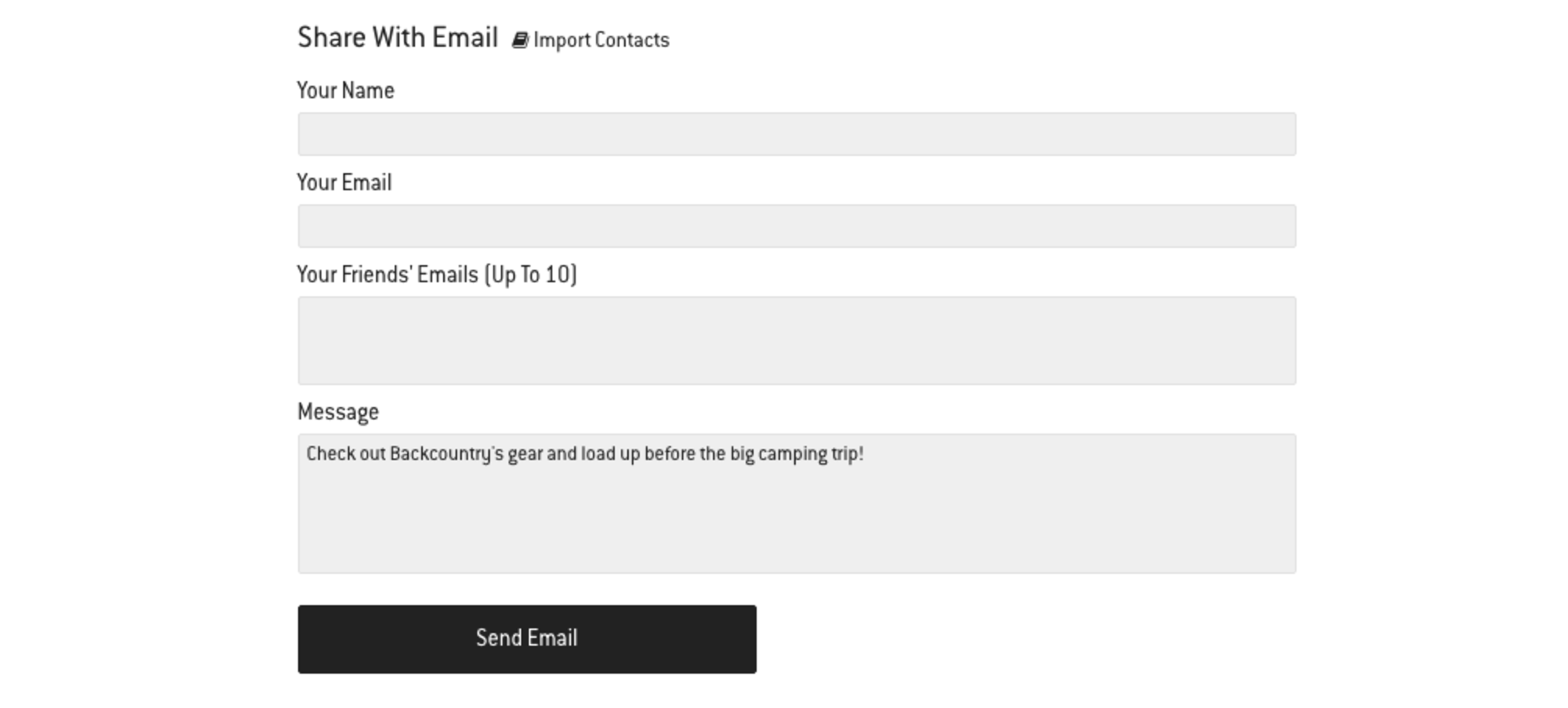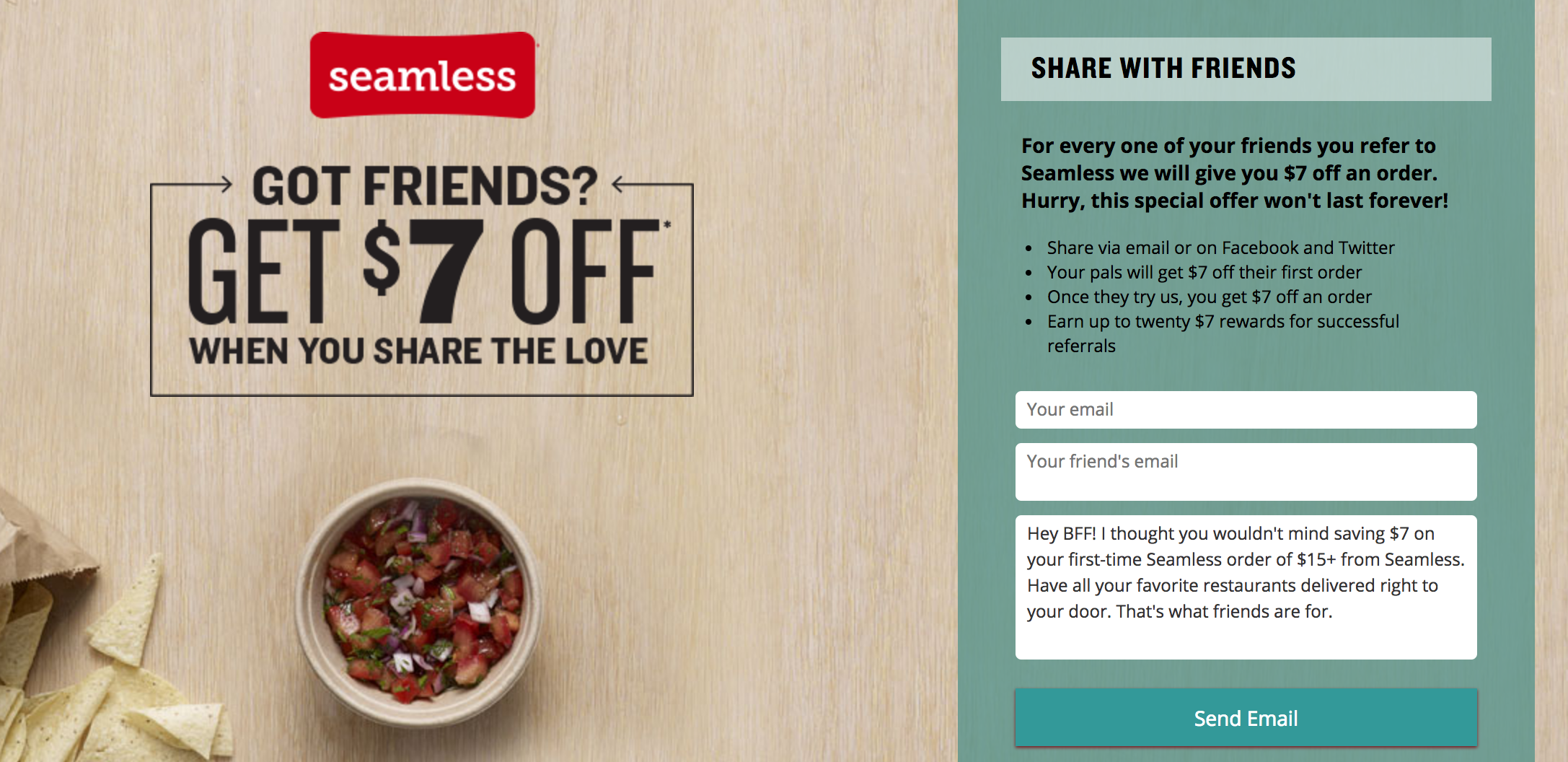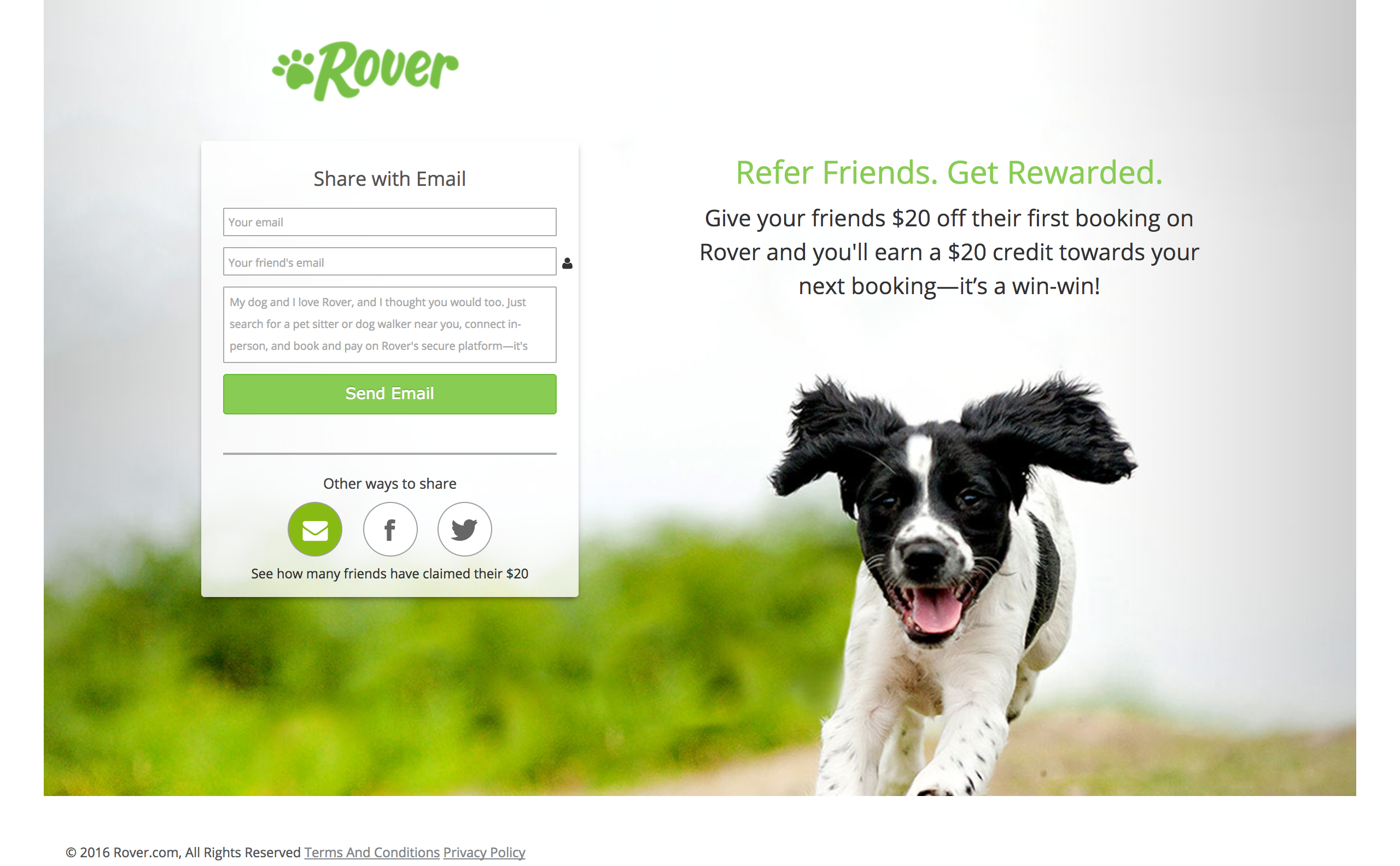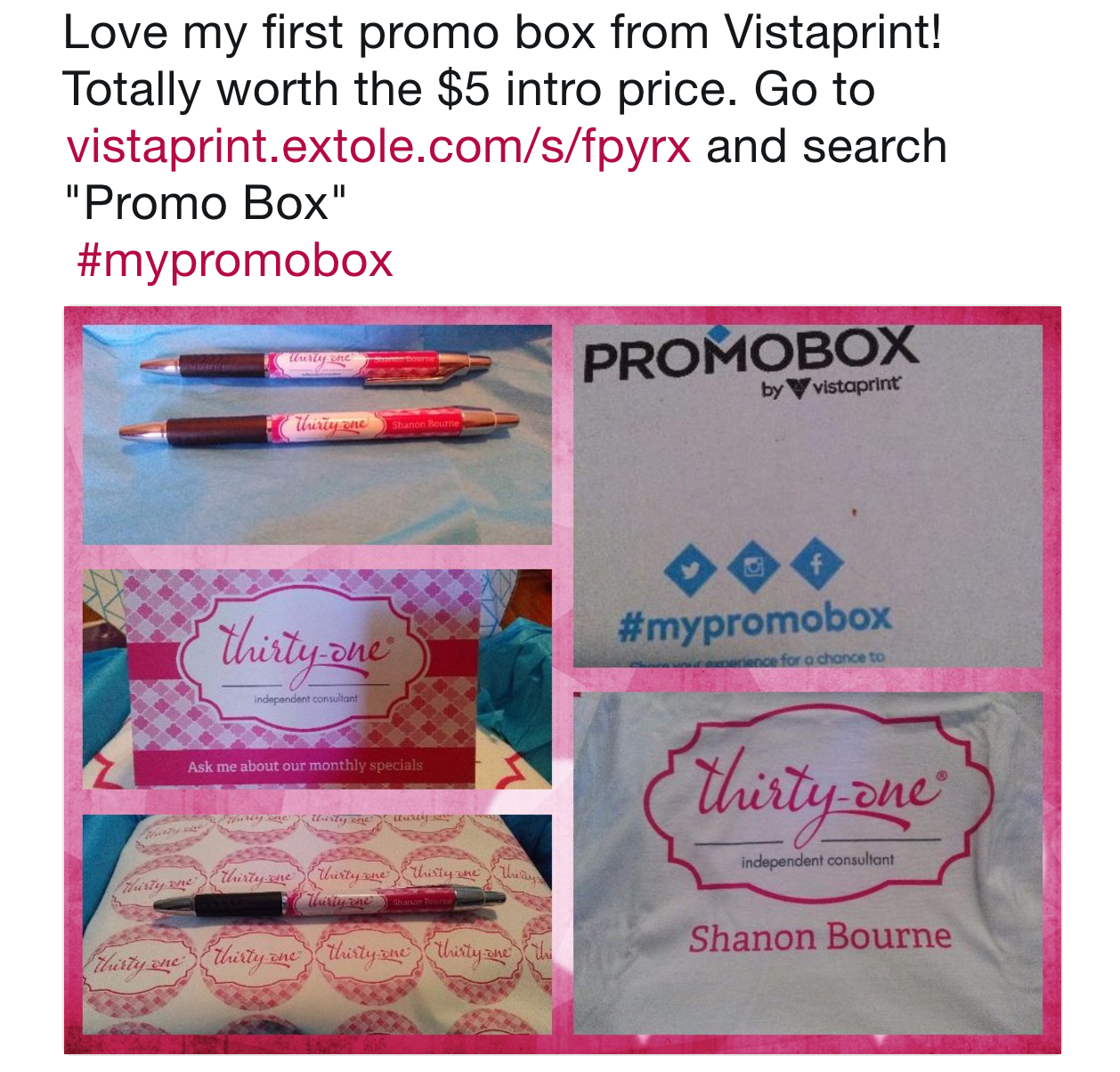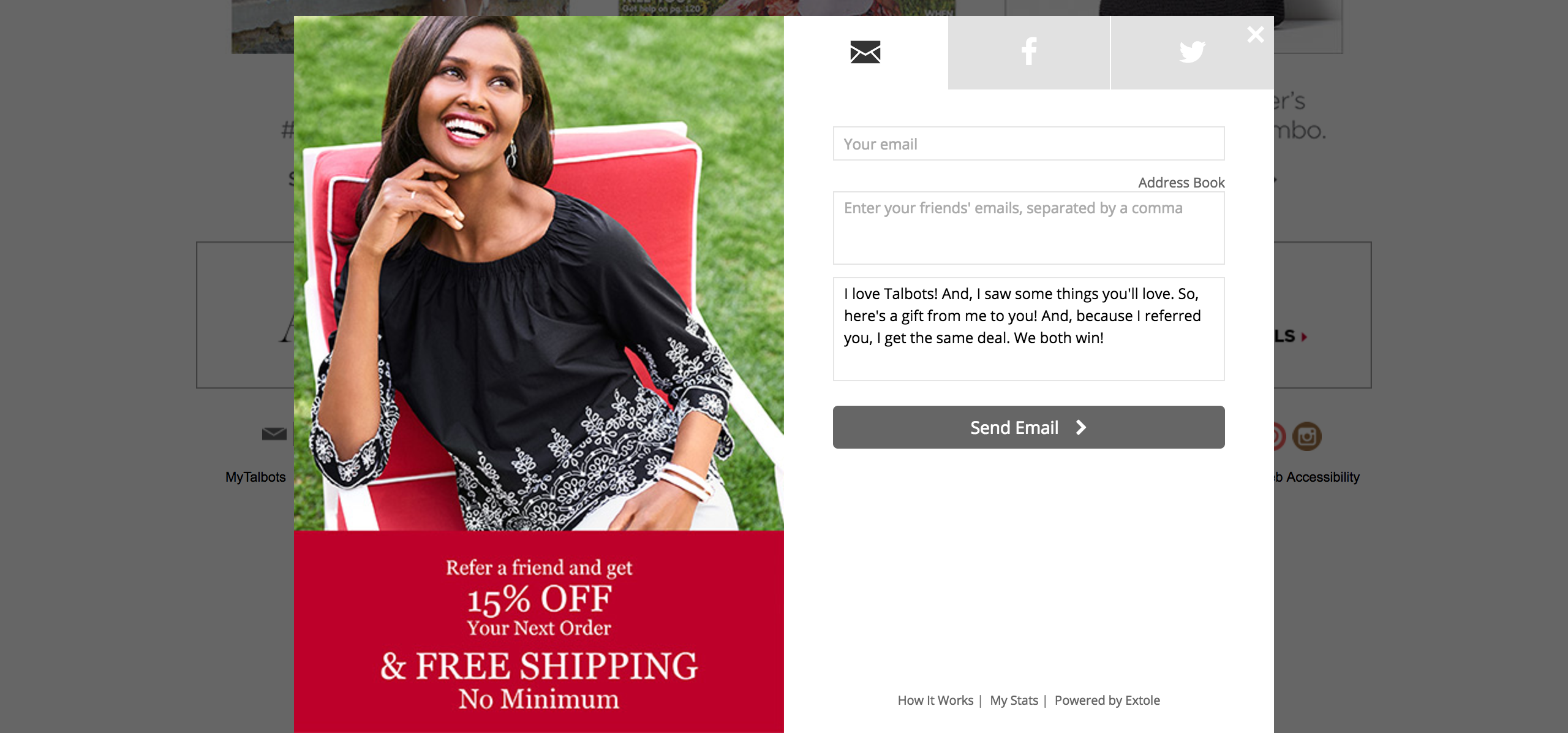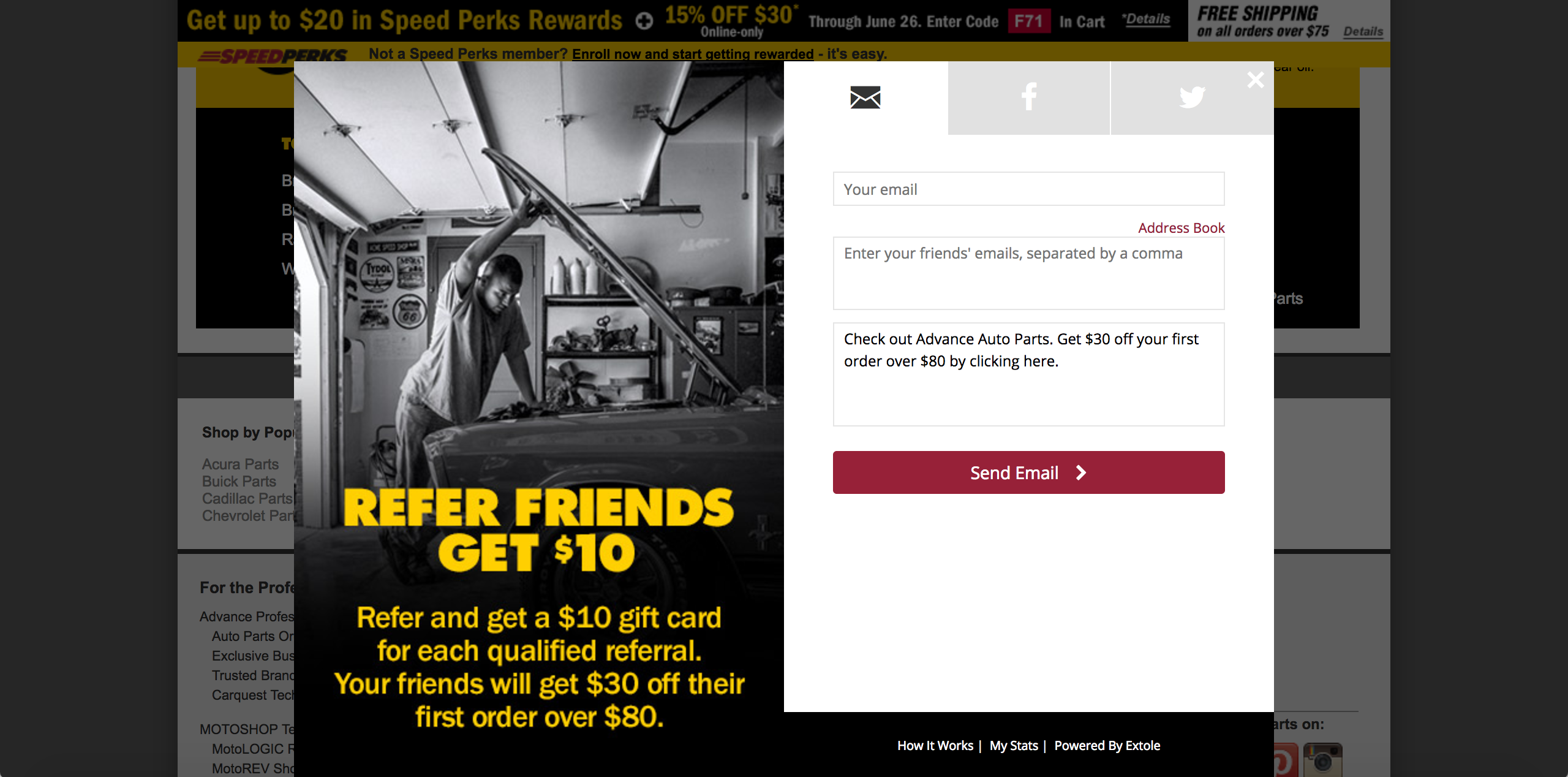You’ve heard the age-old, rhetorical question: what are friends for? For growing companies in 2017, this question has a new significance.
Here’s why: friends of customers drive more genuine and more successful marketing. Every company wants to gain a wide circle of customers without sacrificing customer quality. Referral marketing combines the power of brand advocacy with your current users’ social circles. In the age of digitally sharing everything from business advice to breakfast photos, a small incentive can encourage users to engage their social circle in their own online shopping activity. And because these users are hearing about your company from a trusted source, they’re more likely to seriously consider your company.
Whether you’ve just dipped your toe into referral marketing or you’ve been honing your strategy, these 14 companies can inspire you to make your campaigns even more successful. Let’s dive into some of the best examples of referral marketing that we’ve seen in ecommerce, and look at how and why they’re so effective.
1 – Athleta invokes IRL experiences
Getting a discount can be exciting, but it’s not personable or memorable. That’s why athletic clothing company Athleta focuses their referral marketing message on shared experiences in real life, such as working out with a friend. Their copy has phrases like “let’s work out together” and “you’re my favorite workout buddy” that connect Athleta’s clothing to positive and motivating real life experiences.
This connection to what the customer does beyond the checkout page—and the implication that this purchase could fuel more of these real life experiences—adds an extra incentive to share on top of the discount.
2 – Ulta drives referrals from its loyal fan base
The customers in beauty company Ulta‘s rewards program were already the best customers at the company. They purchased more frequently than other customers and acted as brand advocates. Ulta’s referral program called upon the Ultamate Rewards members to refer their friends, and both the referrer and the referee would receive $10 off of a $30 order.
This was incredibly successful in driving new membership to a loyal and thriving customer base. Since the referral program’s 2015 launch, 100,000 Ultamate Rewards members have referred friends and over 27,000 new, referred members have joined the loyalty club to become high-quality customers. And those referred loyalty members have over 50% higher average order values.
Ulta’s real success was tapping into their Ultamate Rewards loyalty members. They incentivized a user base that was already finding a lot of value from their products and brought in even more successful customers.
3- Hanna Andersson calls users to action
Hanna Andersson, the children’s clothing company, markets to customers’ friends by focusing on the basics of good referral marketing—calls to action, ease of use, and enticing incentives.
They put simple, direct calls to action for the referral program in many places on their site and made sure they were all available on both desktop and mobile. They also removed friction by allowing users to refer and claim rewards without logging in or registering. This helped Hanna Anderson reach 25% of their annual acquisition goal in just two months.
They succeeded by making their referral program very visible to users and really easy to participate in. This created more reasons for users to participate than to ignore the program.
4 – Amerisleep keeps customer experience in mind
Amerisleep is all about making sure their referral program reflects and promotes great customer experience. They reduce friction in the referral process by giving the customer a message to send that shows their experience with the product. The referral message mentions the experience with the mattress (“I couldn’t be happier with how I’m sleeping…”), and keeps a friendly and casual tone that reinforces the person-to-person experience of referral.
Amerisleep generated a 150% referred friend click-through rate by building their program around customers’ experience with their company and selling new customers on the experiences their friends were having.
5 – Julep shouts out through every channel
Know thy customers. Makeup company Julep has a good idea of who their customers are and where they spend their time—so they know how to encourage them to share across many different channels and target more customers in a variety of ways.
Julep’s subscription box members, called Mavens, are very active on social media. So Julep allows Mavens to refer friends through email, Facebook, Twitter, and personal links. They also offer sharing options at different points throughout the shopping journey, like in certain email exchanges, in the “My Account” page, and on the purchase confirmation page.
Julep gets 5 times the number of shares during promotions because they take an omni-channel approach. They spread referral options across many places where customers interact with their friends and give them different opportunities during the buying process to tell their friends about Julep.
6 – Backcountry kicks personalization up a notch
Everyone has seen that message at some point in your inbox: “Hey Friend, I think you’d really like Company X. Why don’t you check them out?”
It gets the message across, but it doesn’t help you stand out from the crowd or excite a potential customer. That’s why Backcountry, an outdoor gear and clothing company, lets referring customers personalize their message to friends. This potential for personalization means that customers—who know more about the friends they’re referring than your company does—can point out specific reasons why they’ll be interested in your products.
It means that you can let your customers take the lead on how to best market your product to their friends, which makes your referral marketing program more organic and more likely to drive genuine interest.
7 – Seamless creates urgency
A study by AdEspresso found that ads that invoked a sense of urgency in viewers had lower cost-per-click than those that didn’t. This principle doesn’t just apply to ads—it also applies to the copy you write for referral programs.
Seamless writes in their referral prompt that the offer for an incentive “won’t last forever!” The sense of urgency is vague enough that it makes customers feel pressured and wary, but it also shows that the offer is special and shapes the idea that customers should refer sooner rather than later.
Seamless’s use of urgency in their copy strikes the right balance that motivates action but doesn’t pressure the customer. This when trying to run a successful referral marketing program without ruining the customer experience and damaging your relationships with current customers really works.
8 – Rover needs referrals for high-touch services
Rover isn’t an ecommerce company that sells traditional products—they sell dog-walking and pet-sitting services. Since they provide high-touch services for tasks that are important and sensitive for pet owners, they need a strong referral program to confer brand trust to new customers.
Referral programs can be useful to services like Rover when the product isn’t tangible. The company needs a lot of buy-in from new customers before they feel comfortable using their service, and friend-to-friend recommendations can confer exactly the type of trust they need.
Rover’s use of a structured referral program shows how companies that sell services, rather than physical products, need to use referral programs to gain trusting customers.
9 – VistaPrint lets you reach beyond your friends
VistaPrint takes advantage of the social media’s wide reach. Referring specific friends has the advantage of being more personalized and targeted, but promoting to a larger audience via social media can confer the same person-to-person trust and reach more potential customers.
VistaPrint lets users who order a Promo Box broadcast a friend code on social media that can be used by anyone who clicks it. For instance, if a customer has a public Twitter account and tweets out their promo code, anyone who reads the tweet gets the benefit of the discount.
Since the referrals are still channeled through customer’s social media accounts, they’re more personal than paid advertisements. With mass referral strategies like this one, it’s important to also include a more personal and direct referral option to balance quantity with quality of referrals.
10 – Vera Bradley captures the eye
Vera Bradley is known for their rich and varied print in enthusiastic colors. Since they’ve got it, they flaunt it. They use their eye-catching prints to an aesthetic advantage in their referral marketing to drive attention and interest.
The company features a well-curated photo of seemingly-candid women wearing Vera Bradley clothes and bags. Their energy and happiness in the photo match the excitement of the prints themselves.
Since their products are so aesthetically pleasing and attention-grabbing, Vera Bradley uses this to their advantage to associate excitement and fun with their referral program. This drives current users to spread the word and draw in even more attention from more potential customers.
11 – Talbots plays up mutual benefits
Customers refer their friends to show them things they’d be interested in—but there’s some personal gain as well. Both of these factors are important for driving successful referral programs.
Your company’s referral benefits can be great for both the referrer and the referree, and Talbots plays that up in their referral campaign copy. They write, “Here’s a gift from me to you! And, because I referred you, I get the same deal. We both win!” They’re also making a double referral offer: a discount and free shipping. The benefits are multifaceted for both users.
A “win-win message” has universally positive appeal. Referral programs are really beneficial to all parties involved, but it can sometimes be useful to explicitly remind your customers of this.
12 – AdvanceAutoParts optimizes real-life referrals for digital
Some industries foster person-to-person conversations more than others. AdvanceAutoParts knows that in the car manufacturing industry, professionals swap notes and look directly to one another for advice.
The company knew referrals were happening in meat space, but they wanted to measure and optimize it in the digital space. Setting up a referral program on their website allowed them to do this. The analytics in their program helped them realize that 50% of customers acquired through referrals were completely new to the brand.
Despite frequent peer-to-peer exchange in the industry, there were a lot of people who weren’t using the brand and the referral program was really succeeding in bringing in this potential market. Taking their referral strategy from real life to their website helped them measure this, and allowed them to make the right adjustments to their program to bring in even more new customers.
13 – Timberlands wants you to think big
Timberlands wants to pay you for having friends—sort of. Their referral program doesn’t have a limit on how many friends you refer, which encourages you to invite as many people as you can to get the most kickback for yourself.
The referral program copy plays up the unbounded potential for inviting people to shop. They write that the offer “goes for every friend you’ve got.” The photo accompanying the referral form shows a group of friends that reinforces the idea of inviting multiple people.
In this way Timberlands encourages you to think of all the possible people you could invite to get the most out of their program. This is how they build an ever-widening circle of buyers.
Be inspired to experiment
Do these companies have you thinking? There are a lot of ways that you can be really successful with a referral program. The only way to find out what works best for your company is to experiment with different campaigns and see what brings those high-quality customers rolling in.
No matter what you experiment with, your referral marketing is going to drive more new customers and higher-quality customers than other types of acquisition. This is because there’s a benefit for everyone: your customers win by referring friends and getting incentives, the friends win by receiving discounts and finding a new company they’ll genuinely like, and you win by getting more customers who have more assurance and interest in your brand. No matter what you do, you’re going to create a win-win-win situation.


